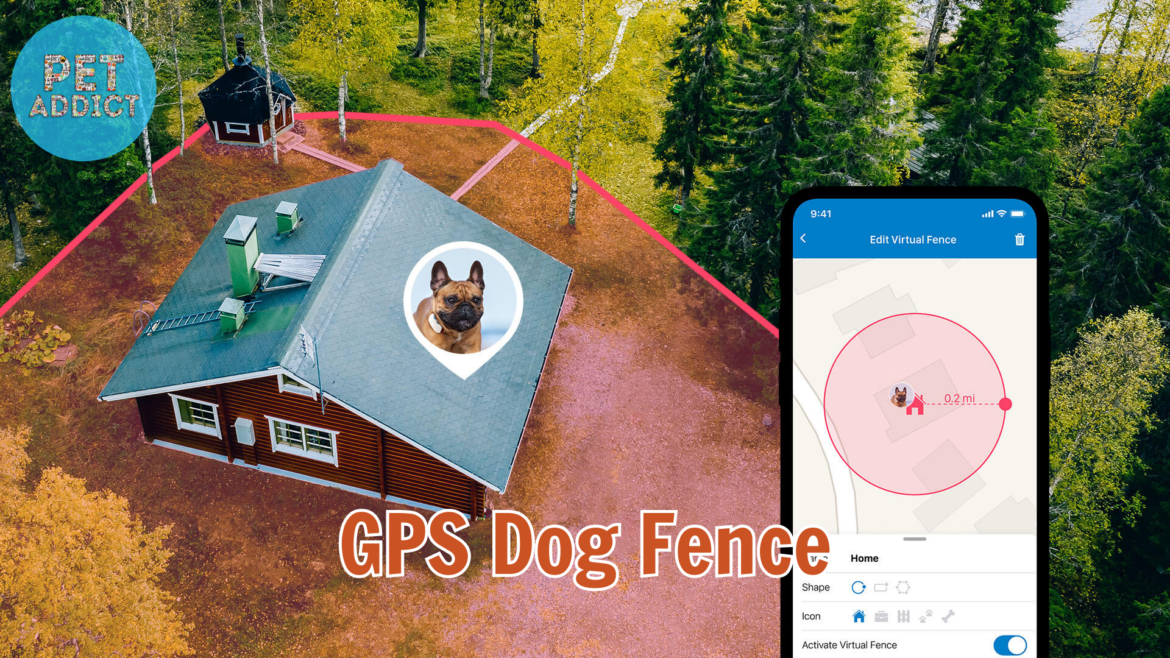If you’re a dog owner, you know the joy and love these furry companions bring into our lives. However, as much as we adore them, keeping them safe and secure is a top priority. This is where a GPS dog fence comes into play. In this article, we will delve into the world of GPS dog fences, exploring how they work, their benefits, tips for training and maintaining them, and more. So, let’s get started and ensure your furry friend’s safety with a GPS dog fence.
PetAddict.net – The best place where you can find everything about your pet!
Understanding GPS Dog Fence
A GPS dog fence is a modern pet containment system that provides an invisible boundary for your dog. Unlike traditional fences, a GPS dog fence uses cutting-edge technology to set virtual boundaries, allowing your dog to roam freely within the defined area without the need for physical barriers. The system comprises two main components: a GPS-enabled collar worn by the dog and a base unit, also known as the transmitter.
How Does a GPS Dog Fence Work?
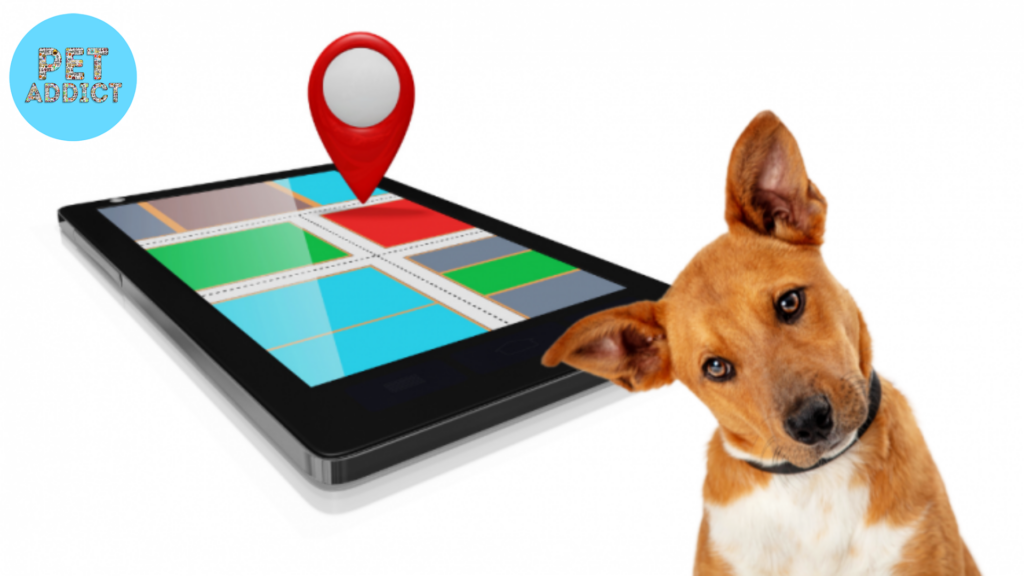
The GPS-enabled collar communicates with the base unit through satellite signals. As your dog approaches the virtual boundary, the collar emits a warning tone to alert them. If your dog continues to move closer, a gentle static correction is applied to deter them from crossing the boundary. With consistent training, your dog learns to associate the warning tone and static correction, eventually staying within the safe zone.
The Benefits of Using a GPS Dog Fence
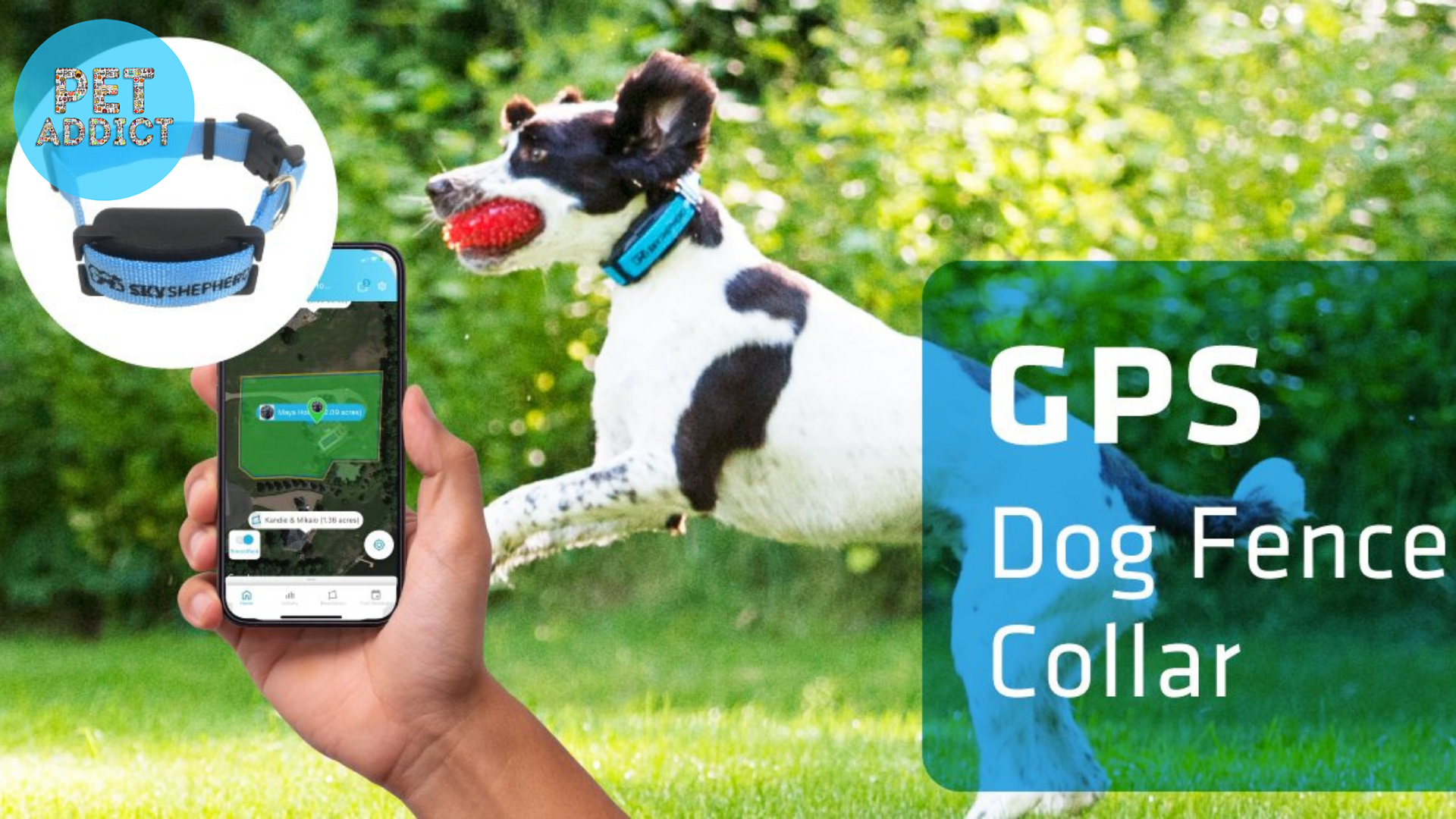
GPS dog fences offer numerous advantages over traditional fences. Firstly, they eliminate the need for unsightly physical barriers, allowing you to maintain an unobstructed view of your surroundings. Additionally, GPS dog fences are highly portable, making them ideal for families who frequently move or travel with their pets. Moreover, these fences are customizable, enabling you to define the boundaries according to your yard’s layout.
Factors to Consider When Choosing a GPS Dog Fence
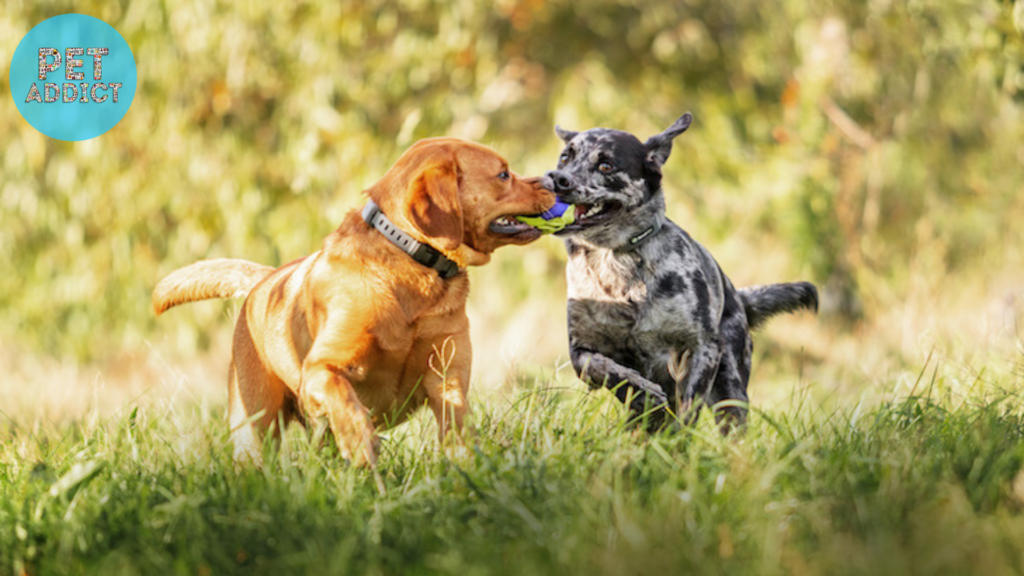
Before investing in a GPS dog fence, there are several essential factors to consider. These include the size of your yard, the number of dogs you have, the dog’s breed and size, and the system’s battery life. It’s crucial to select a system that best suits your dog’s needs and your lifestyle.
Setting Up a GPS Dog Fence
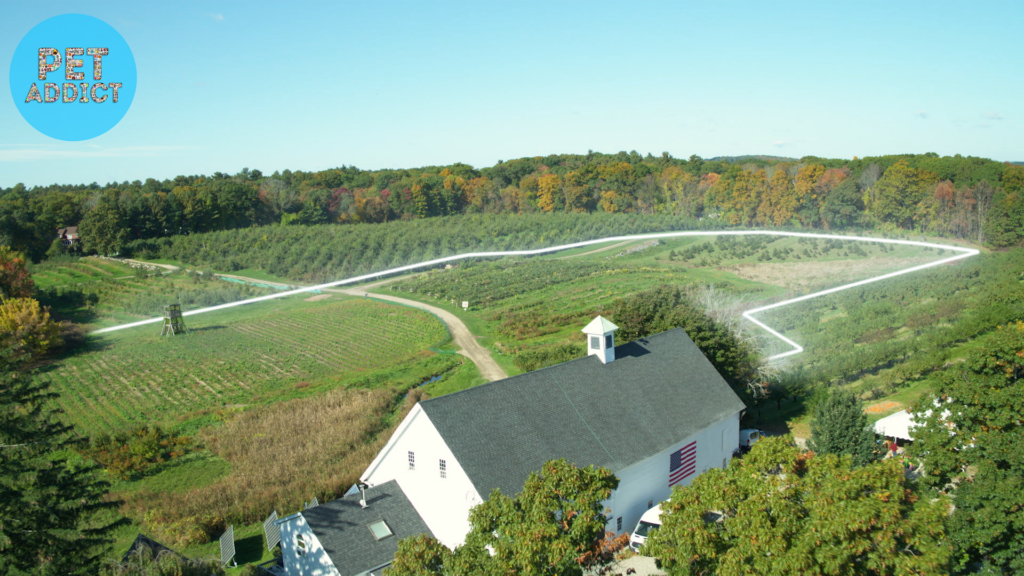
Setting up a GPS dog fence is a straightforward process. You need to install the base unit at a central location in your home and establish the virtual boundaries by walking the perimeter with the GPS collar. Most GPS dog fence systems come with detailed instructions, and some even offer online assistance to guide you through the setup.
Training Your Dog with a GPS Fence
Introducing your dog to the GPS fence requires patience and consistency. Start by familiarizing your dog with the warning tone and allowing them to explore the boundaries with supervision. If your dog attempts to cross the line, the static correction will remind them to retreat. Positive reinforcement and rewards are essential during this training phase.
Tips for Maintaining Your GPS Dog Fence

To ensure the effectiveness of the GPS dog fence, regular maintenance is essential. Keep the collar clean and check for any signs of wear or damage. Replace batteries as needed and periodically test the system to ensure it’s functioning correctly. Additionally, update the boundary settings if any changes occur in your yard.
GPS Dog Fence vs. Traditional Fences

Comparing GPS dog fences with traditional fences highlights the unique advantages of each. While GPS dog fences offer convenience and flexibility, traditional fences provide a physical barrier that keeps other animals out of your yard. Ultimately, the choice depends on your preferences and specific requirements.
Common Myths About GPS Dog Fences
There are several misconceptions surrounding GPS dog fences. Some believe that static correction is harmful, but in reality, it is gentle and harmless. Others worry that the collar may malfunction, allowing their dogs to run freely. However, reputable GPS dog fence brands implement safety features to prevent such incidents.
Safety Concerns and Precautions
While GPS dog fences are generally safe for dogs, it’s essential to follow safety precautions. Always supervise your dog during the initial training phase, and never leave the collar on your dog for extended periods. Regularly check for any skin irritations and adjust the collar’s fit if necessary.
Reviews of Top GPS Dog Fence Brands
Several reputable brands offer GPS dog fence systems. Here are some of the top-rated options based on customer reviews and performance:
- SpotOn GPS Fence Collar
- Halo Collar 2+ Dog Collar
- Wagz Smart Collar
Conclusion
A GPS dog fence is a modern and effective solution for keeping your beloved furry companion safe within your property’s boundaries. With its customizable features, portability, and gentle training approach, it provides a practical alternative to traditional fences. By investing in a GPS dog fence, you can allow your dog to enjoy their freedom while ensuring their safety.
FAQs
- Q: Are GPS dog fences suitable for all dog breeds? A: Yes, GPS dog fences are suitable for most dog breeds, regardless of size or breed.
- Q: Will the static correction hurt my dog? A: No, the static correction is designed to be safe and harmless, providing a gentle deterrent.
- Q: Can I use a GPS dog fence for multiple dogs? A: Yes, many of the systems can accommodate multiple dogs with additional collars.
- Q: Can I take the GPS dog fence system with me when I move? A: Yes, GPS dog fences are portable and easy to install in new locations.
- Q: Is professional installation necessary for a GPS dog fence? A: No, most of the systems can be set up by the pet owner without professional help.

